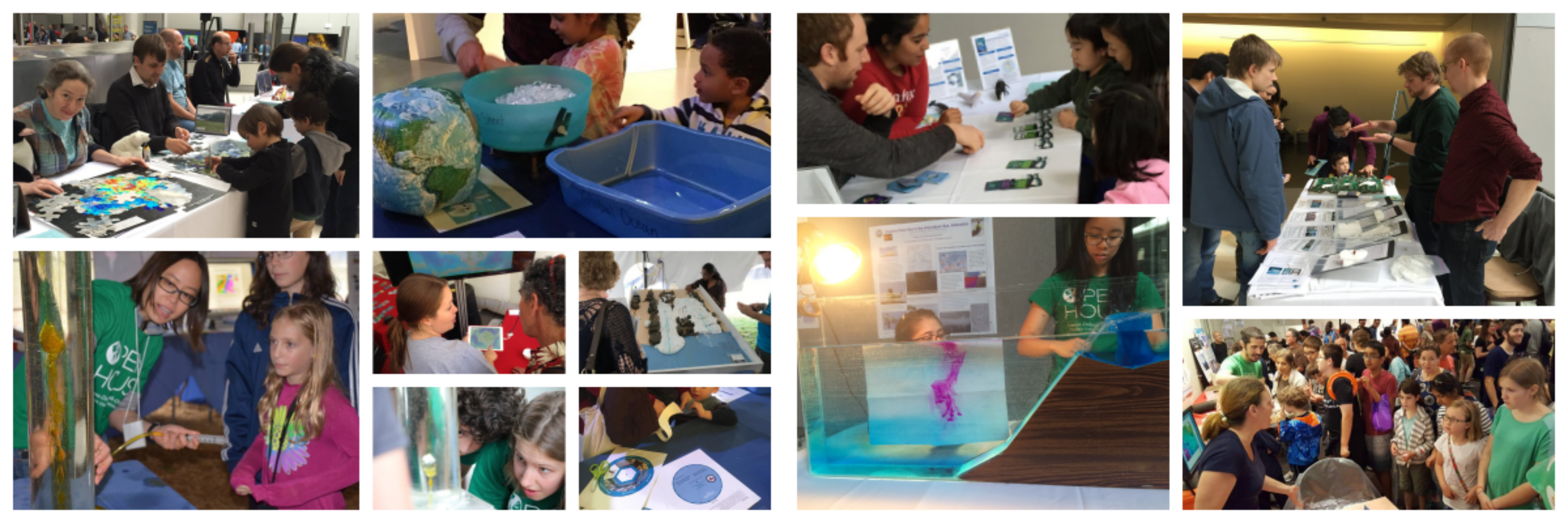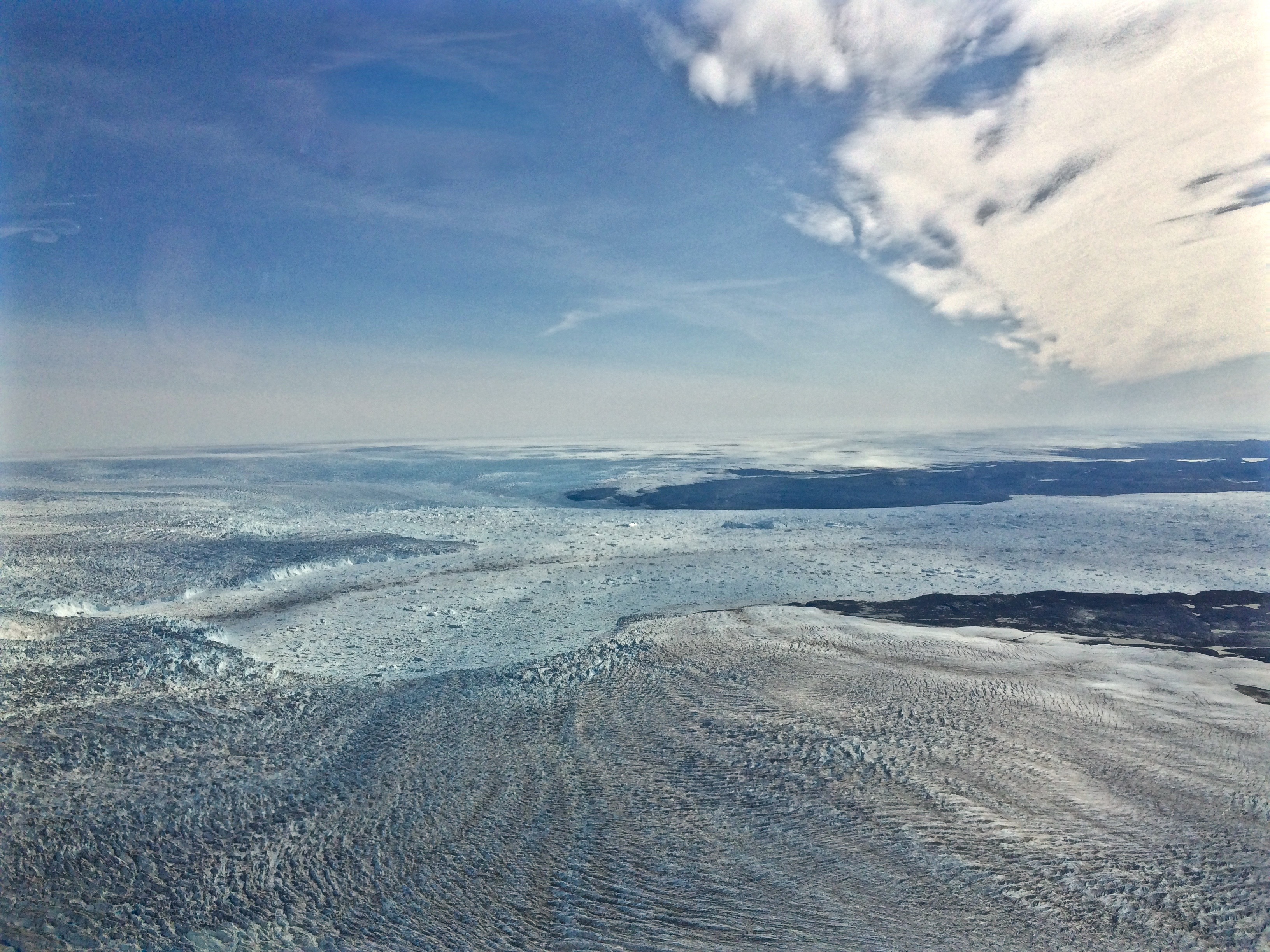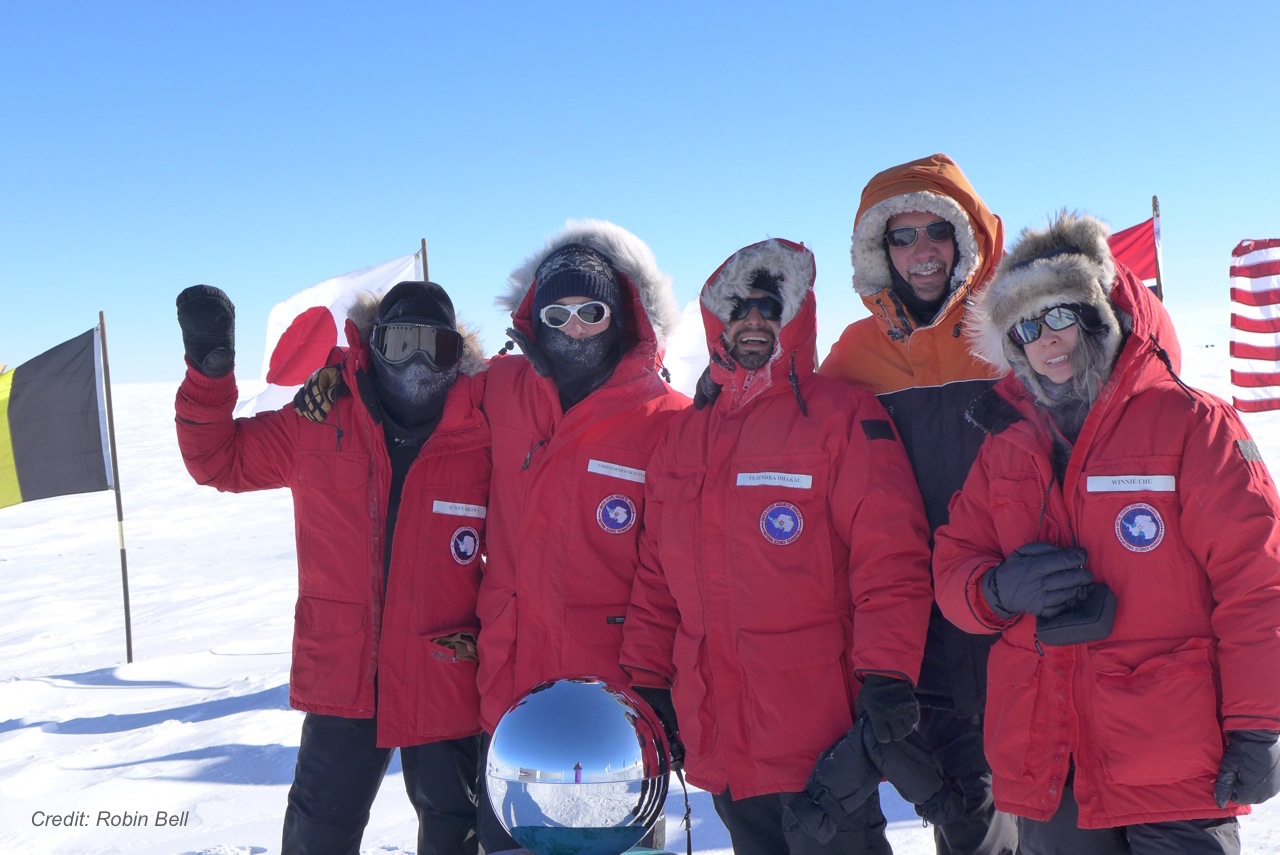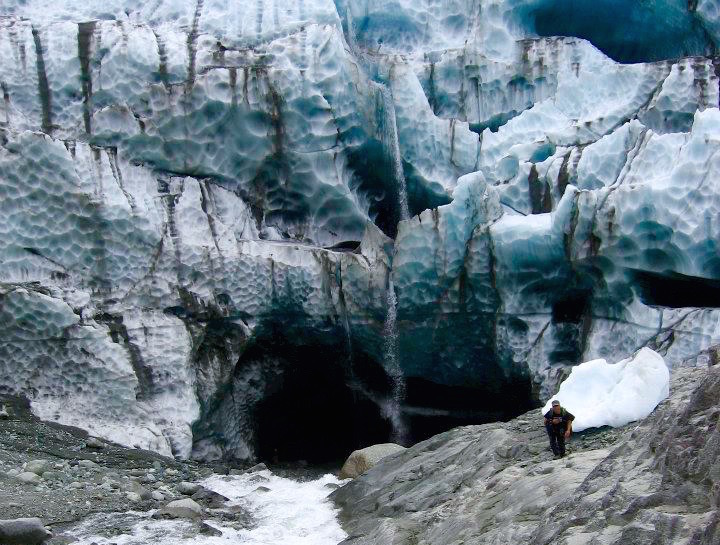
Winnie Chu
Postdoctoral Researcher at Stanford University
(Now an Assistant Professor at Georgia Insitute of Technology)
ABOUT ME
I am a geophysicist who studies ice sheets and their interrelation with our climate system. I synthesize radar sounding technique and numerical ice-sheet modeling to understand what "mechanisms" cause a glacier to accelerate. From satellite measurements of ice velocity, we know that different glaciers do not accelerate in the same way as one another under similar climate forcings. The core of my research is to better understand how glacial dynamics respond to a varying climate. I specifically focus on ice-sheet hydrology, as it is one of the most critical processes influencing glacier dynamic behavior. You can learn more about my work in the research section below.







